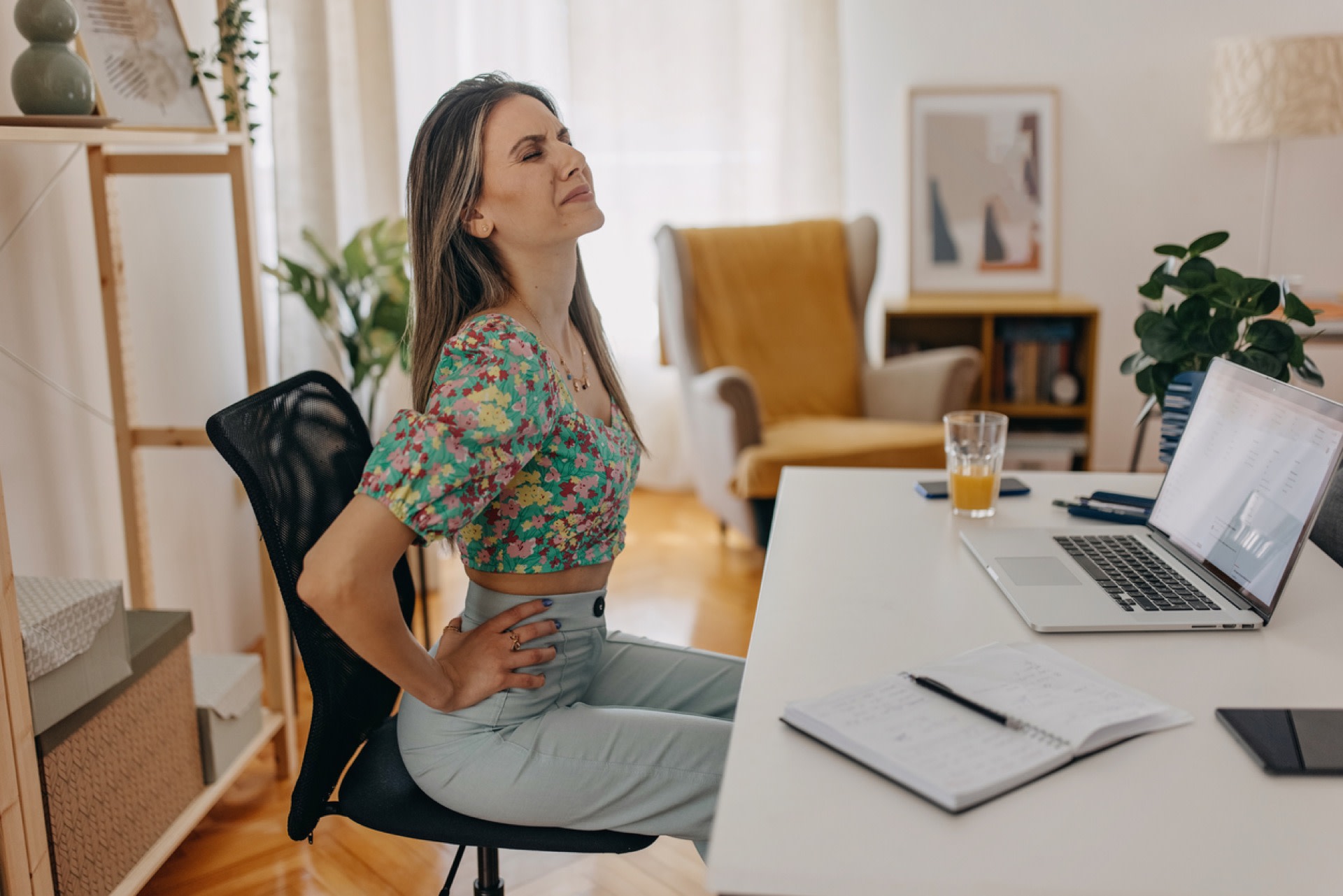Dolor lumbar que se irradia a la pelvis: causas y tratamiento
Si tu dolor de espalda se irradia a tu área pélvica, aprende qué está causando esto y cómo tratarlo, especialmente con ejercicios de fisioterapeutas.
$0 costo para usted
Última actualización: Mar 19, 2025
El índice
Fully covered back pain relief
Find relief from lower back pain, a thrown out back, sciatica, & more.
Check if I'm eligibleExercises for low back pain that radiates to the front pelvis
¿Quieres atención de expertos? Consulta si estás cubierto por nuestro programa gratuito →- Gato, vaca
- Estiramiento del sello
- Sentadilla profunda
